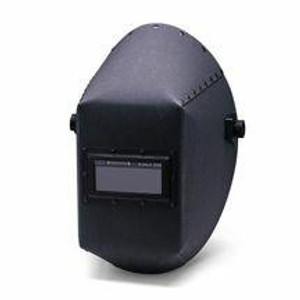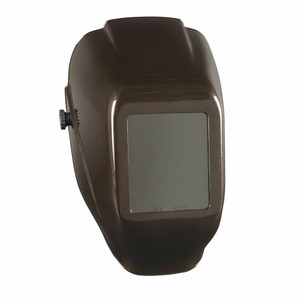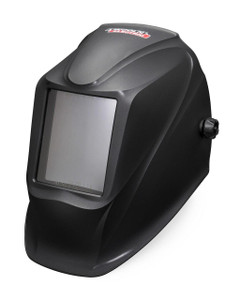Welding Helmets and Accessories for All Types of Welders
Get Free Shipping on a large selection of high quality welding helmets at very competitive prices. Our large selection includes a full-line of Lincoln welding helmets and a large selection of Jackson welding helmets. For great quality, brand name welding helmets and the best online prices, check out Harris Welding Supplies today!
A welding helmet is one of the most important pieces of personal protective equipment a welder can have. A good helmet protects the eyes and skin not only from severe sparks but also from potentially vision-damaging ultraviolet and infrared rays emitted by the arc.
How To Choose The Best Welding Helmet
Choosing the best welding helmet can be a bit overwhelming with so many options available in the market. However, here are some key factors to consider when selecting a welding helmet:
- Lens Shade: The lens shade is the most important feature of a welding helmet as it determines the level of protection against the welding arc. Check the lens shade range that is suitable for the type of welding you will be doing.
- Viewing Area: The size of the viewing area is also an important factor to consider as it affects your visibility and comfort. A larger viewing area allows for better visibility and reduces the need for constantly lifting the helmet to check your work.
- Auto-Darkening Filter (ADF): An ADF is a must-have feature as it automatically adjusts the lens shade according to the welding arc, providing better eye protection and reducing eye strain.
- Comfort and Fit: A comfortable helmet is important for longer welding sessions. Check for adjustable headgear, padding, and weight to ensure a comfortable fit.
- Durability and Warranty: Look for a helmet made from durable materials that can withstand the wear and tear of regular use. Also, check for the warranty and customer support offered by the manufacturer.
Welding Helmet Accessories
There are several welding helmet accessories available that can enhance the functionality and comfort of your welding helmet. Here are some common welding helmet accessories:
- Lens Covers: Lens covers protect the lens of your welding helmet from scratches and damage caused by welding spatter and debris. They are disposable and should be replaced regularly to ensure clear visibility.
- Magnifying Lenses: Magnifying lenses can be attached to the inside of your welding helmet to help you see small details and read welding charts and diagrams.
- Headgear: Contours to the head to establish 6 separate contact points to distribute weight and optimize balance
- Helmet Bags: Helmet bags protect your welding helmet from scratches, dust, and moisture during storage and transportation.
- Sweatbands: Sweatbands can be attached to the inside of your welding helmet to absorb sweat and prevent it from dripping down your face and into your eyes.
- Hard Hat Adapters: Hard hat adapters allow you to attach your welding helmet to a hard hat for additional head protection.
- Respiratory Systems: Respiratory systems can be attached to your welding helmet to filter out harmful fumes and particles while welding.

 $337.87$506.00
$337.87$506.00













































